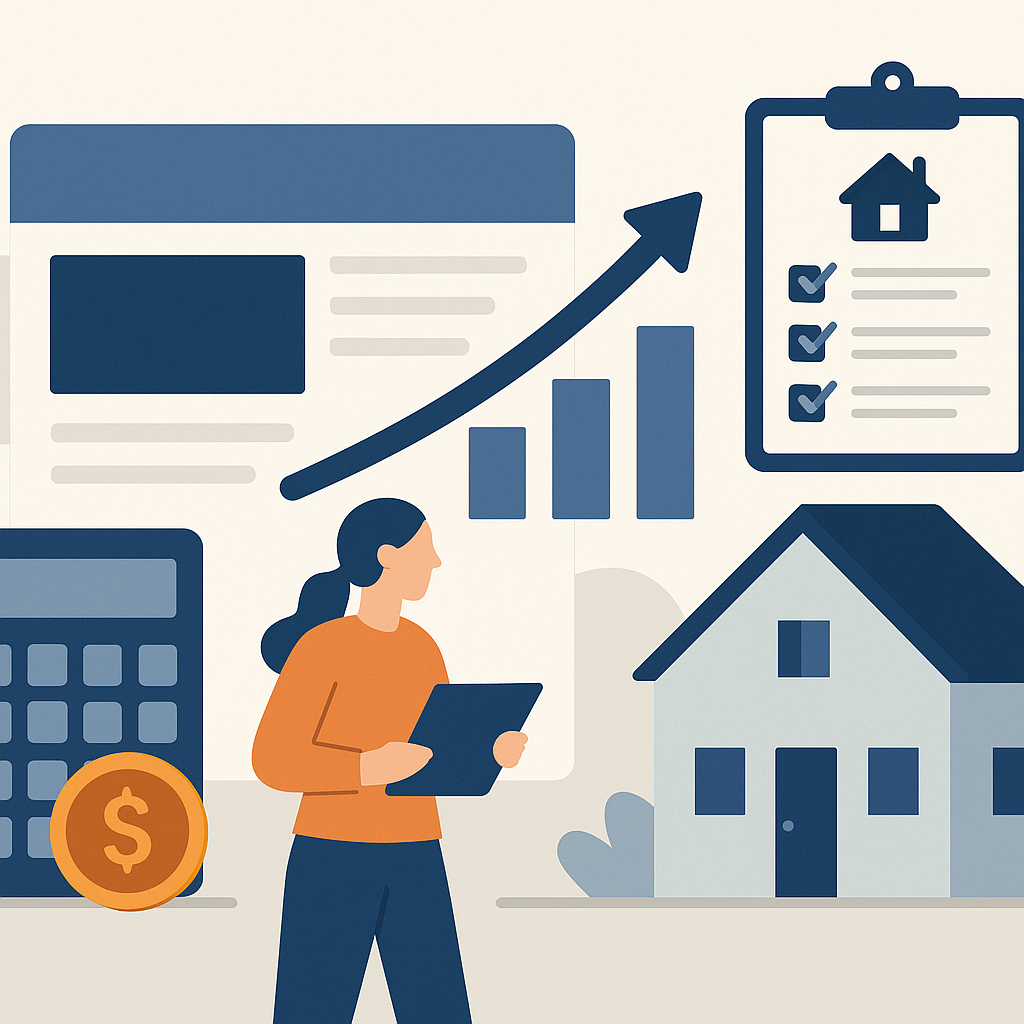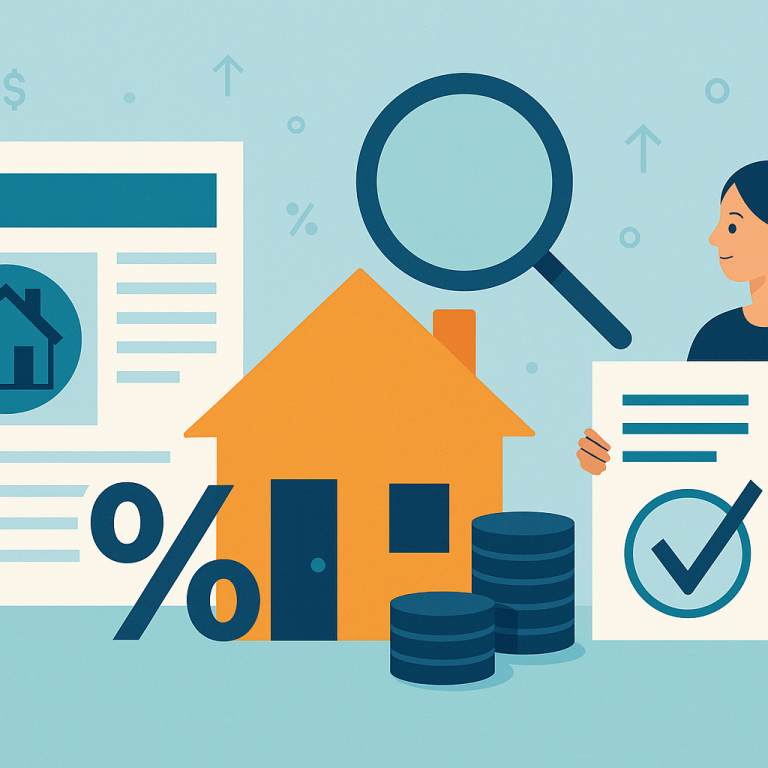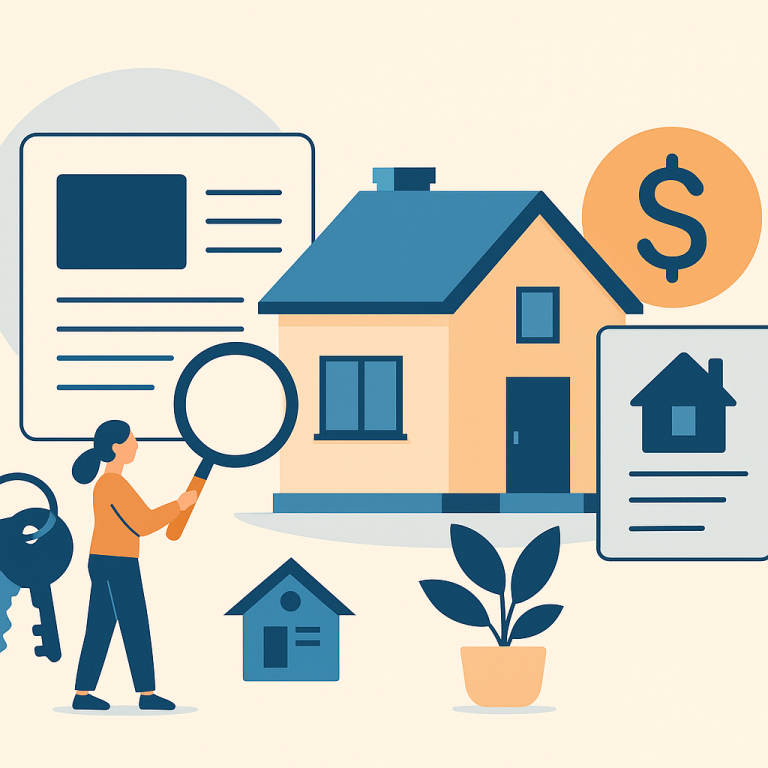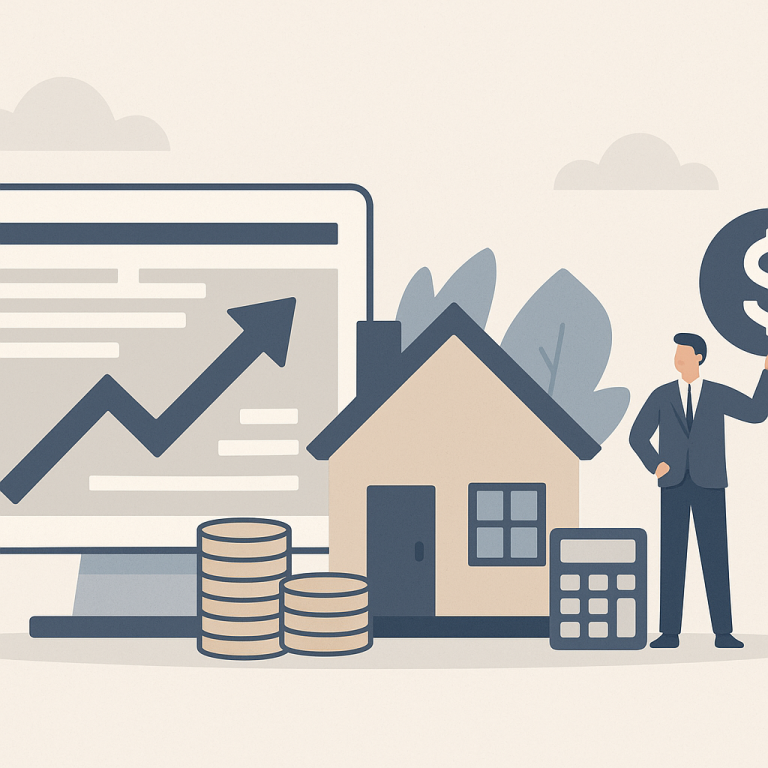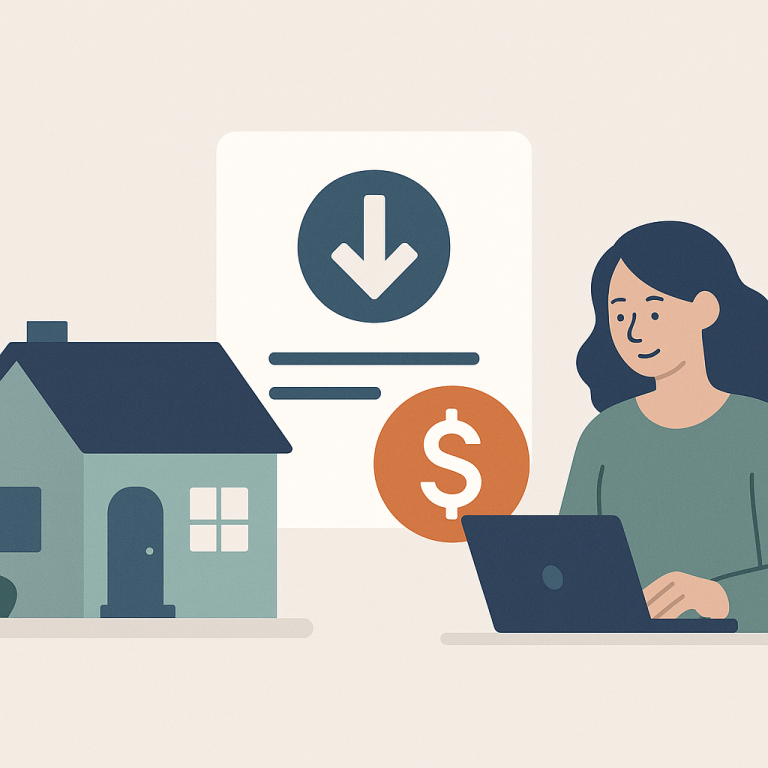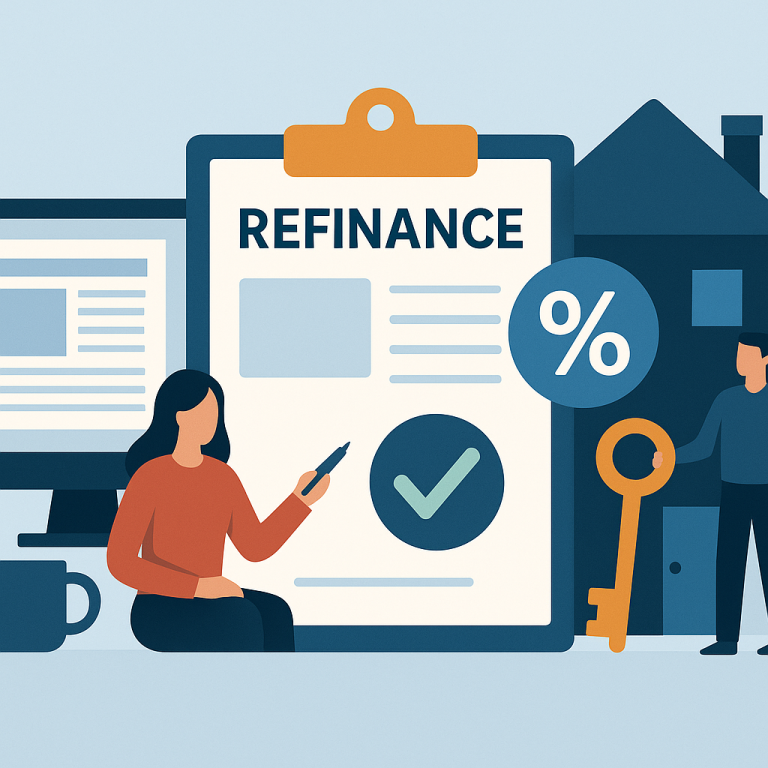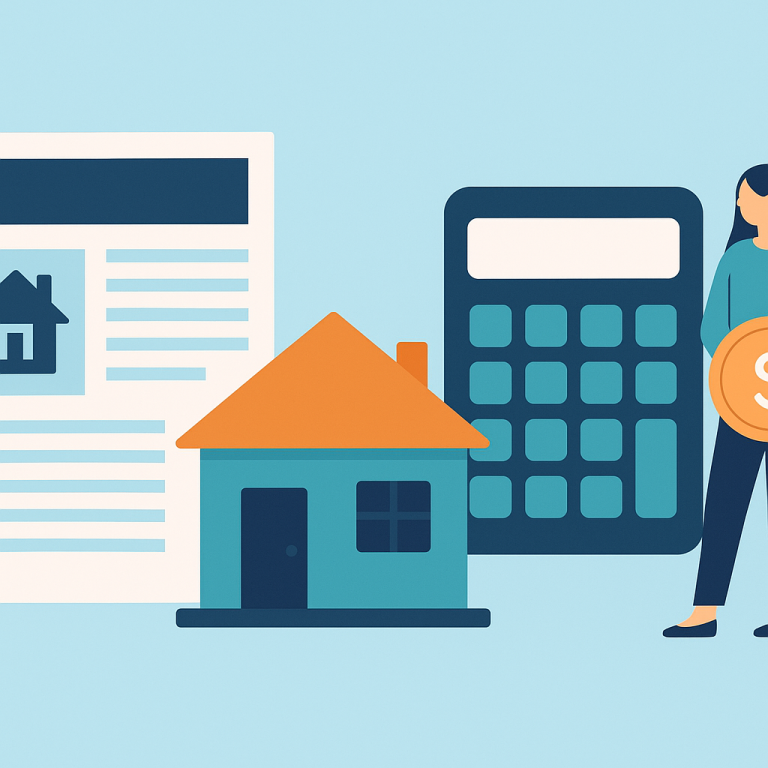MBA Weekly: Refinance Applications Jump 9% Following 30-Year Rate Dip
Refinancing Momentum Softens as Rates and Costs Complicate Decisions
Refinancing activity among homeowners has tempered as interest-rate movements and closing costs alter the calculus for many borrowers. Where earlier periods of lower rates prompted wide refinancing, the current environment requires a more selective approach: refinancing still makes sense for some, but not all homeowners should move quickly.
Primary drivers behind the slowdown include higher offered mortgage rates compared with recent lows, the relative balance of equity and loan balance, and the presence of upfront fees. These factors change the break-even timeline—the point at which monthly savings offset closing costs—and therefore influence whether a refinance is financially advantageous.
Which Homeowners Should Consider Refinancing Now
Homeowners are most likely to benefit when one or more of the following conditions apply:
- They can substantially lower their mortgage rate compared with their current loan, shortening the break-even period even after closing costs.
- They have significant equity in the property, which may qualify them for better interest pricing and lower mortgage insurance costs.
- They plan to stay in the home long enough to recoup closing costs through monthly savings or to reach other financial goals, such as paying off the mortgage sooner.
- They need to access cash for a specific purpose and can secure a cash-out refinance on favorable terms relative to alternatives.
Options and Trade-offs to Evaluate
Homeowners should weigh the trade-offs among common refinance options:
- Rate-and-term refinance: Reduces the interest rate or changes the loan term. Best for borrowers focused on monthly payment reduction or long-term interest savings.
- Cash-out refinance: Converts home equity into cash. Suitable when funds are needed for debt consolidation, home improvement, or other investments, but it increases the loan balance and may lengthen the break-even period.
- Shortening the loan term: Moving from a 30-year to a 15- or 20-year term often increases monthly payments while reducing total interest; this can be attractive for borrowers prioritizing debt-free timelines.
- Adjustable-rate to fixed-rate conversions (or vice versa): Converts interest-rate risk profile. Fixed-rate loans provide stability, while adjustable-rate loans can start with lower rates but carry future uncertainty.
Practical Steps Before You Refinance
Before committing, homeowners should perform a focused review that includes checking credit scores, estimating closing costs, and calculating the break-even period. It is important to compare multiple lender offers and to understand the fees wrapped into the refinance—such as origination charges, appraisal fees, and title expenses.
For borrowers with limited equity or short expected residence time, alternatives such as a home equity line of credit (HELOC) or targeted debt consolidation may offer cost-effective flexibility without resetting the mortgage term.
Takeaways for Homeowners
- Refinancing can still make sense, but it requires a disciplined assessment of rates, fees, equity, and the homeowner’s timeline.
- Calculate the break-even horizon and compare it to your expected time in the home before proceeding.
- Shop multiple lenders and compare both interest rates and total closing costs, not just advertised rates.
- Consider the purpose of refinancing—lower payment, shorter term, or access to cash—and pick the product aligned with that goal.
META: Prioritize a clear financial goal, run a break-even analysis, and compare offers before deciding to refinance.

